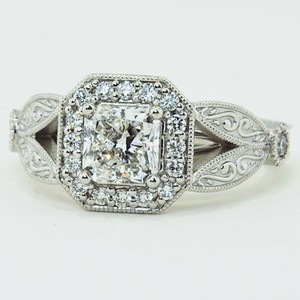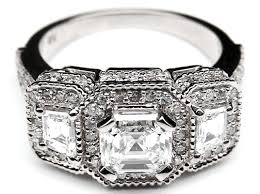
History is rich with jewellery styles and there are many designs to choose from, and to be inspired by, when it comes to making a bespoke ring.
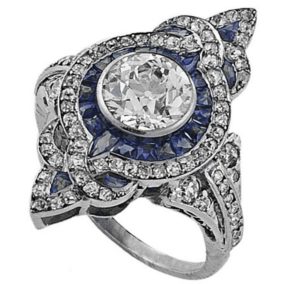
Many antique & vintage styles are designed to fit specific time periods of jewellery fashion, such as Victorian, Art Nouveau, Renaissance, Georgian, Edwardian, and Art Deco styles. Often these rings feature intricate detail work such as filigree and milgrain. Filigree is a kind of delicate metalwork that solders together tiny metal beads or twisted threads of metal to the surface of the stone. Milgrain engraving is a type of embellishment added to antique style rings to give them the “antique” look of tiny balls of metal decorating the sides of the band and the crown of the ring.
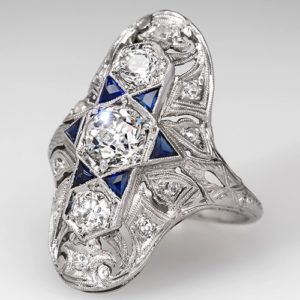
The image below shows an antique-style setting. It features tiny yellow gold milgrain embellishments around the bezel-set round brilliant diamond and is repeated all around the shank.
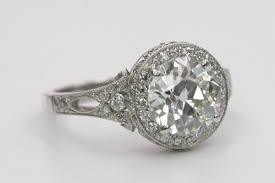
Popular ring styles from different eras include the following:
Art Deco – The most recent style of antique & vintage rings were created between 1920 and 1930. They tended to feature numerous colourful jewels and diamonds, often set in platinum.
Edwardian – The majority of rings from this era, from 1900 to 1920, were made using platinum. This was when platinum started to be used for engagement bands. Diamonds and sapphires were particularly popular at this time.
Victorian – This is the period from 1835 to 1900. Pearls and diamonds were popular, as were yellow and rose gold.
Art Nouveau – The Art Nouveau period occurred during the early 1800s. Nature elements, such as animal and floral designs, were often incorporated.
Georgian – This was all about extravagance during the 1700s. Rings tended to boast a lot of diamonds and there was great emphasis on gemstone symmetry.
Renaissance – This was in the early 1500s, and rings around this time were very unique. Gimmel rings were popular. They consisted of two or three rings linked together as one.
